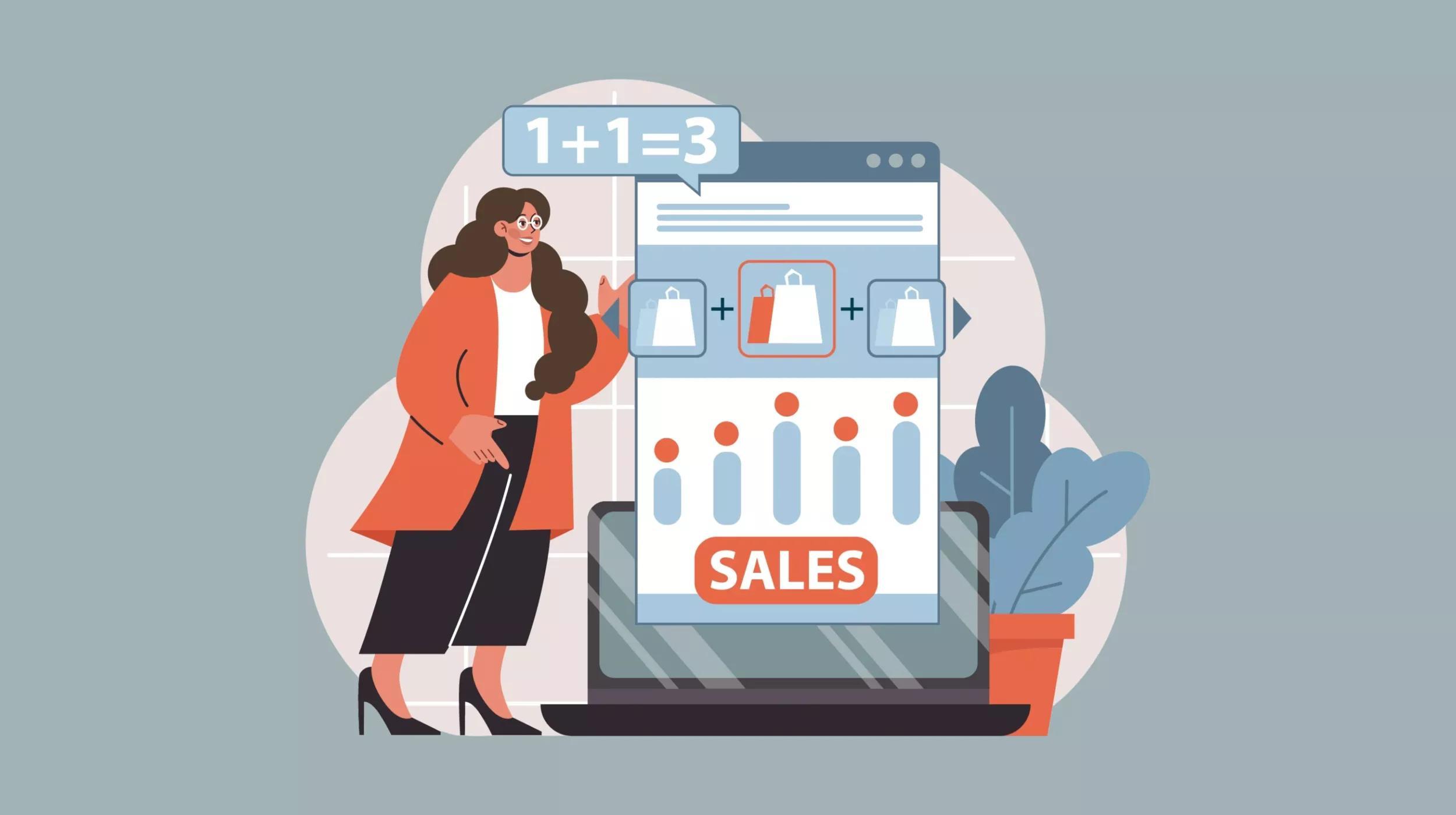Back in the day, if a customer had an issue with a product or service, they had to take it up with the customer service department. In the digital age, delivering excellent customer service is no longer a separately siloed aspect of a business – the concept needs to permeate every part of the company/customer relationship.
Delivering excellent customer service online means guiding your customers.
You need to guide them through an eCommerce experience that answers their questions, intuitively guides them through the process and, most importantly, allows them to easily and comfortably make a purchase.
While these best practices are essential for retail sites, the basic tenet of customer service can be applied to all websites: always design with the user in mind.
With that said, here are four tips you can put into practice now to improve your customer service online.
1. Integrate an easy-to-use live chat
Put yourself in consumer mode for a second. If you’re browsing a website and have a question about a product, isn’t it a huge customer service buzzkill to see a generic “contact us” form? The perceived friction of having to send an email is enough to sometimes make you abandon the shopping search altogether. The truth is, contact forms weaken the trust potential customers have in your business. It’s just too impersonal (if your visitors can even find the contact form; it’s often buried somewhere on the site).
A solution is a live chat integration that capitalizes on a visitor’s desire to have their question answered in real time.
Services like intercom.io not only help you acquire leads, but also measure the conversion rate between chats and paying customers. There’s additional overhead that goes into the management of these services, but most of the time it’s worth it to at least give visitors the peace of mind that someone is tending to their needs 24/7 on your site.
2. Stop using sliders!
Companies that use their valuable above-the-fold home page space to produce carousel sliders are throwing their money away. Think about how digital sliders would work in the real world. A customer sees a product you offer on display, only for it to quickly disappear, assembly-line style, replaced by a different product. Repeat five times before the original one comes back, but by that time the frustrated and dizzy customer has already left your store.
Sliders convert extremely poorly. They’re just not intuitive UX.
Think through your entire user experience, especially on a crucial page like the home page, and ask yourself why you’re doing what you’re doing. If you’re taking the time to create custom sliders, which require some creative design and copy, chances are you want visitors to see what those sliders are showcasing. When you hide them in a carousel, you’re essentially making a fancy drop-down menu and your users are missing out on 80 percent of your content.
Intuitive UX converts.
Treat your website like a living entity and think of every site visit as a conversation your customers are having with your site. Make sure your site speaks a language your users are familiar with, instead of offering fragmented translations that confuse them. Websites with excellent customer service have great, efficient and satisfying conversations with their visitors.
If you’re still on the fence about sliders, check out this resource.
3. Stop giving your customers so many options

An overwhelmed customer is a former customer.
Remember, you share the same goal as your visitors when it comes to your retail site: sell the product. Creating unnecessary barriers to simple transactions can get even the most excited shopper clicking ‘cancel my order.’
Sometimes having customers select product variations or shipping options is unavoidable, but these steps should be taken care of in as few clicks as possible. It’s the same idea as going to a store and being asked to sign up for a rewards program, enter your email address and fill out a survey, all before swiping your card at the register.
Your customers have come too far to bog them down with a million choices.
The “less is more” concept applies beyond the checkout page of your site. When users sign up for new accounts, break up the process into different parts over the course of several pages with a progress bar to indicate how far along the user is.
Manage expectations and visitors will have a more positive customer service experience.
4. Process payments on-site
Don’t get your customers all excited to checkout and purchase your cool, new product only to send them over to PayPal to complete the transaction.
Nothing gets clients bailing out on a purchase faster than making them type in their third-party payment account information and entering some new module away from your site.
If you don’t have an SSL on your site, you risk losing the trust of your visitors. Your shopping experience has to be seamless from start to finish, and should be 100-percent housed on your website.
Speaking of finish, excellent customer service means your job of surprising and delighting your clients is never really done. Even after the transaction is complete, give your customers relevant content that will turn them into loyal repeat patrons of your business online. Continue to be available to tend to their questions, always converse with them as if they were a trusted friend, and deliver quality over quantity. By doing so, you’ll be a company valued for its excellent customer service.
Learn about the four types of SSL certificates available.
Wildcard SSL Certificate
Extended Validation SSL Certificate
SAN SSL Certificate
Organization Validation SSL Certificate








